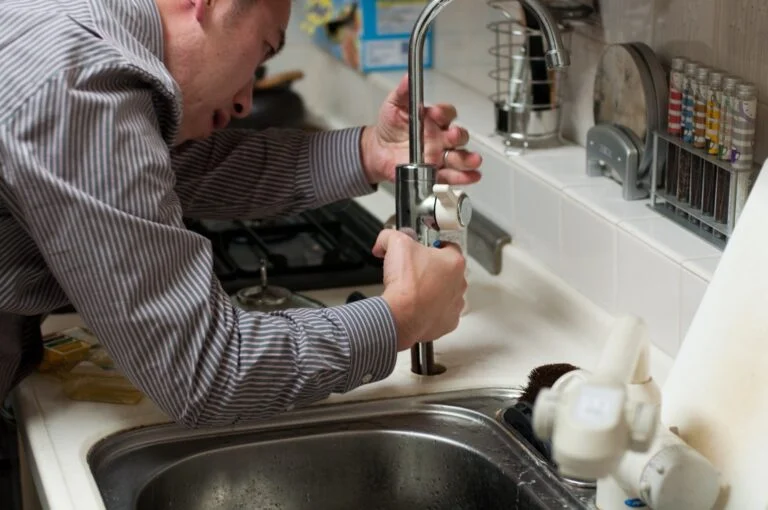Do-it-yourself (DIY) projects are a great way to save money, personalize your space, and develop new skills. Whether you’re a beginner or an experienced DIYer, these tips will help you tackle home improvement projects with confidence.
If you’re new to DIY, begin with simple projects like painting a room, assembling furniture, or creating wall art. This builds your confidence before moving to more complex tasks.
Having the proper tools makes a huge difference. A basic toolkit should include:
- Hammer
- Screwdrivers (flathead & Phillips)
- Measuring tape
- Level
- Utility knife
- Pliers
- Power drill
Accurate measurements prevent costly mistakes. Always double-check before cutting materials or drilling holes.
- Wear protective gear (gloves, goggles, masks).
- Keep your workspace clean to avoid accidents.
- Turn off electricity when working on wiring.
Before throwing out old furniture or decor, consider giving it a fresh look with paint, new hardware, or creative modifications.
Online videos and step-by-step articles can provide valuable guidance. Platforms like YouTube, Pinterest, and DIY blogs are great resources.
Track your projects, materials used, and lessons learned. This helps with future improvements and troubleshooting.
✅ Home Decor – Create custom wall art, floating shelves, or decorative trays.
✅ Furniture Makeovers – Sand and repaint old tables or chairs.
✅ Gardening – Build a raised garden bed or vertical planters.
✅ Organization Hacks – Install pegboards, closet organizers, or under-bed storage.
✅ Lighting Upgrades – Replace old fixtures or install LED strip lights.
- Painting walls or furniture
- Installing shelves
- Creating photo frames or wall art
- Simple sewing projects (pillow covers, curtains)
- Use recycled materials
- Buy tools second-hand or borrow them
- Shop during sales at hardware stores
- Repurpose items you already own
- Skipping safety precautions
- Not measuring properly
- Using the wrong type of paint or adhesive
- Rushing through steps without planning
- Sand down uneven paint and repaint.
- Use wood filler for holes in furniture.
- If a cut is too short, adjust the design or start over with a new piece.
Simple tasks like changing light fixtures or unclogging drains are manageable, but complex electrical or plumbing work should be left to professionals for safety and compliance with building codes.
- YouTube tutorials
- Home improvement blogs
- Instagram and TikTok DIY creators
- Break tasks into smaller steps.
- Set deadlines for each phase.
- Reward yourself after completing milestones.
DIY projects can be fun, rewarding, and cost-effective. With the right tools, planning, and patience, you can transform your home one project at a time. Start small, learn as you go, and don’t be afraid to get creative!

